by Lisa Cooke | Jan 18, 2015 | 01 What's New, Mac, MyHeritage, Trees
Mac users now have their own version of the popular free Family Tree Builder software offered by MyHeritage.com. Says Daniel Horowitz at 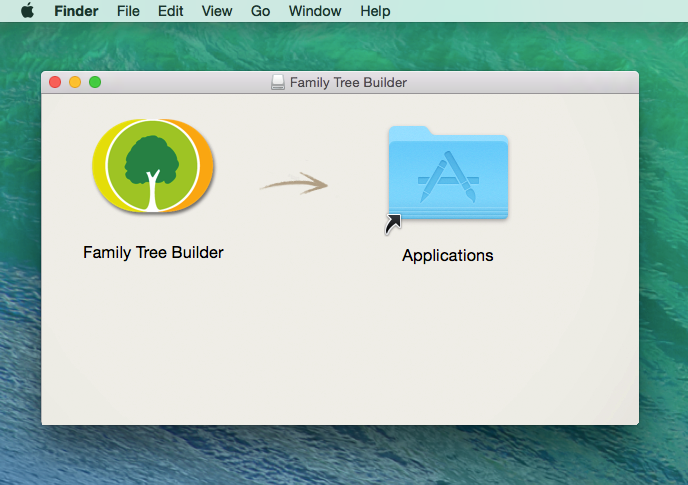 MyHeritage.com, “It’s free to download, easy to use and includes all of the main features of the windows version!”
MyHeritage.com, “It’s free to download, easy to use and includes all of the main features of the windows version!”
“There have been frequent requests by our users to run Family Tree Builder 7.0 on the Mac operating system,” states a recent MyHeritage press release. “Many of our users have switched in recent years from Windows to Mac and wanted to continue using Family Tree Builder.”
Here’s some additional information from MyHeritage:
- The current version is called Family Tree Builder Mac Extension. It uses a system for porting Windows software to Mac called CrossOver by CodeWeavers. Once installed, the software will run directly on Mac computers (does not require Windows or any additional setup or configuration). The minimum OS version supported is OS X.
- Family Tree Builder’s main features run the same in Family Tree Builder Mac Extension, including Sync with MyHeritage, Smart Matches™, Record Matches, the consistency checker, charts, etc. Major features work the same as on Windows, and the file formats are the same so you can transport Family Tree Builder projects between Windows and Mac.
- Several minor features aren’t yet available: maps, formatting in notes (e.g. bold, italics, etc.), book reports (though they can be created online), and display of right-to-left languages. Everything else works the same as on Windows.
- MyHeritage is “in the advanced stages of developing a native Mac version of the software, with the look and feel that Mac users will appreciate.”
You can download the software here.
 Do you keep your master family tree on a website somewhere or on your computer? Lisa is a firm believer that you should keep it yourself. Click here to read why and learn more about various options for genealogy software for Mac and Windows.
Do you keep your master family tree on a website somewhere or on your computer? Lisa is a firm believer that you should keep it yourself. Click here to read why and learn more about various options for genealogy software for Mac and Windows.
by Lisa Cooke | Jan 16, 2015 | 01 What's New, Adoption, Book Club, Family Reunions, Genealogy TV
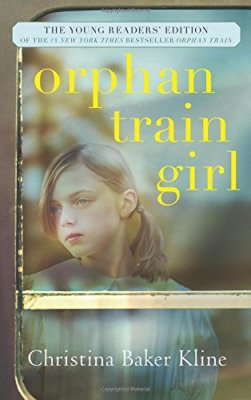 Recently we announced our featured book title for the first quarter of 2015: Orphan Train
Recently we announced our featured book title for the first quarter of 2015: Orphan Train by Christina Baker Kline. A major theme in this book is what happens to a child’s identity when he or she is separated from parents and kin.
by Christina Baker Kline. A major theme in this book is what happens to a child’s identity when he or she is separated from parents and kin.
With this story fresh on my mind, Lisa sent me a story from The Press and Journal (Aberdeen, UK) about Irene Robertson from Scotland. Irene grew up never knowing much about her birth family. Her mother had released her into foster care but never allowed her to be adopted, so she stayed with a foster mother until she was an adult.
Over the years she wondered whether she had birth relatives out there somewhere. It was painful. “When I saw programmes on the TV like Who Do You Think You Are? I couldn’t watch them,” she told The Press and Journal. “I couldn’t watch people meeting their relatives, I would just start crying. I so wanted it to be me.”
When she was nearly 70, a charity called Birthlink helped Irene locate her niece and, through her, her brother. Their reunion over the phone, and then in person, felt to Irene like coming home. “The minute I spoke to him he said, ‘You sound just like family’ and that’s all I wanted to hear really,” she told the paper. “That’s great. He made it very easy. I mean somebody called me ‘Sis’. What a feeling that is, it was just amazing.” Read the full story about these birth siblings reunited and see a picture of them in the The Press and Journal.
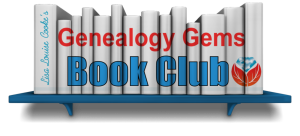 Join our “virtual book club” in reading Orphan Train
Join our “virtual book club” in reading Orphan Train , a novel about two people fostered out in the U.S.–one an orphan train rider and another a teen in today’s foster system. In March we welcome author Christina Baker Kline to the Genealogy Gems podcast to talk about the experiences of her characters in Orphan Train–feelings that might very well resonate with Irene in Scotland.
, a novel about two people fostered out in the U.S.–one an orphan train rider and another a teen in today’s foster system. In March we welcome author Christina Baker Kline to the Genealogy Gems podcast to talk about the experiences of her characters in Orphan Train–feelings that might very well resonate with Irene in Scotland.
(Note: when you use our links to shop for the book you are helping to support the free Genealogy Gems Book Club and Podcast. Thank you!)
by Lisa Cooke | Jan 15, 2015 | 01 What's New, Ancestry, Beginner, FamilySearch, Findmypast, MyHeritage, Records & databases, Research Skills
Bill Johnson in Manassas, Virginia, USA, wrote to me with this question–and I know he’s not the only one asking it!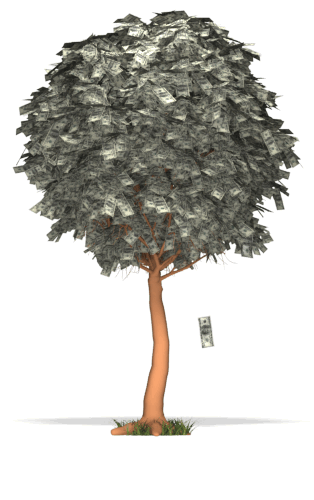
“It’s difficult to know what genealogical resources to spend your money on. I have been a subscriber to Ancestry.com (world package) for years. But, there is FindMyPast, MyHeritage, etc. Your books identify dozens of other resources that all sound good — and cost money. Then there are some of the free resources like the National Archives and the LDS resources [FamilySearch]. Where should you spend your time and money? While money is always a factor, I find that my time is a more precious resource. If I have Ancestry.com, would I gain anything by subscribing to FindMyPast? MyHeritage? FamilySearch? The National Archives or the BLM sites? I am concerned about wasting money on redundancy. Why visit a site that only offers a select subset of the data that I access through Ancestry?
Which paid sites do you regularly use? Which free sites do you use? Your books have a plethora of suggestions but the pool of resources is increasing by the day. It is really getting rather confusing.”
What a great question!!! Here’s my answer:
“I agree, it’s gotten more complicated selecting the best genealogy websites for your own needs. I will take a look at covering this more in depth in a future podcast episode. I do have a few ideas for you right now.
It’s really about accessing the right website (or tool) for the task.
- For general depth of records I turn first to Ancestry.com (you only need the world edition if you need records outside of the U.S.), and then FamilySearch.org. With Ancestry.com, I make sure I use the card catalog and search by location tool (scroll down to the map) so I’m not missing all the record sets that don’t automatically jump to the top of the general search results. FamilySearch is free, so I check its online resources EVERY TIME I have a question. I check both browsable and indexed content (from the main screen, click Search, then Records, then scroll down and click Browse all Published Collections (or click to that screen here). You’ll be able to choose a location and see all content they have and whether it’s been indexed or you just have to browse through it (like reading microfilm, only online).
- For me personally, I was slow to warm up to MyHeritage because I just wasn’t sure how it would best help me. Once I embraced it and posted my tree, its strength in my research became clear: for the first time ever I connected with a distant cousin in the “old country” (Germany)! The international user base of MyHeritage stands above other sites. And the fact that you can create your own family site on MyHeritage makes it a great ongoing resource for staying connected. (Disclosure: MyHeritage is a sponsor of the Genealogy Gems podcast. However, that is because of the value I came to experience in my own research as I just mentioned.)
- When I am focused on my husband’s British roots I head to FindMyPast and pay as I go as needed.
 Our mission here at Genealogy Gems is to reveal innovative ways of using the myriad of tech tools so you’ll know you can turn to them only when you need them. Think of it as a toolbelt. The right tool for the right job! But I also only bring tech tools and websites to the podcast and my website that I believe are worthwhile. Believe it or not, I weed a lot of them out!
Our mission here at Genealogy Gems is to reveal innovative ways of using the myriad of tech tools so you’ll know you can turn to them only when you need them. Think of it as a toolbelt. The right tool for the right job! But I also only bring tech tools and websites to the podcast and my website that I believe are worthwhile. Believe it or not, I weed a lot of them out!
I hope that helps, and I wish you great genealogical success!” Lisa
by Lisa Cooke | Jan 14, 2015 | 01 What's New, Apps, Canadian, Google Earth, Listeners & Readers
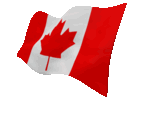 Awhile back, Barbara from Courtenay, British Columbia, sent me an excellent question about using Google Earth for Canadian genealogy. Then she sent me an excellent answer before I had a chance to answer it myself! Here’s what they were:
Awhile back, Barbara from Courtenay, British Columbia, sent me an excellent question about using Google Earth for Canadian genealogy. Then she sent me an excellent answer before I had a chance to answer it myself! Here’s what they were:
Question: “I live in Canada and a lot of the Google Earth articles involving land plats can’t be applied in Canada. The prairie provinces do have a similar land survey system, with townships, ranges and meridians. I found a website where these can be converted to coordinates that Google Earth will recognize. However, this particular website would like to be paid for providing this information (legallandconverter.com). Do you know of any way these numbers can be converted without paying?”
Answer: “I have some good news! My very smart son found a free website,
prairielocator.com, which will give you the coordinates of Section, Township, Range and Meridian for the Canadian prairie provinces. It doesn’t cover quarter sections, but that’s okay if you know which one your ancestor was on. Please pass this along to your Canadian fans or Americans who have Canadian ancestors (there are many, I know).”

Thank you, Barbara–and a special shout-out to your son for finding that resource to help genealogists use Google Earth for Canada research!
Here’s my two-cent’s worth: I just peeked at PrairieLocator.com and I see the site also has an app for the iPhone: Prairie Locator Mobile – for iPhone, by Lisa Cooke | Jan 13, 2015 | 01 What's New, Australian, British, Findmypast, Irish, Military, Records & databases
Did your Irish ancestors have a dog? Over 3.5 million Irish Dog Licence registers have been added to a collection already online at
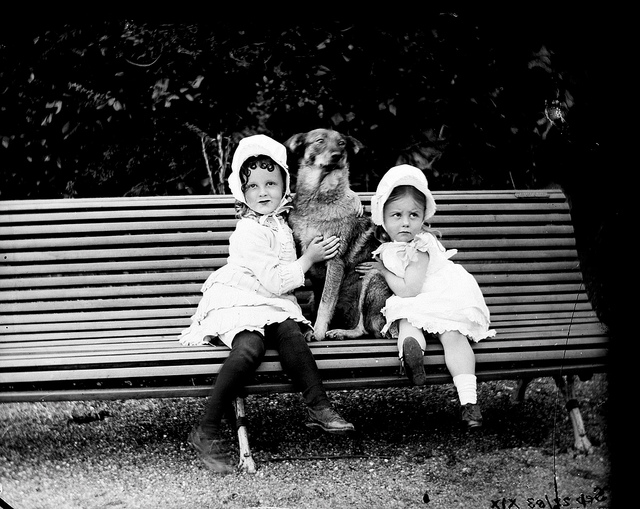
“More Besties from the Clonbrock Estate.” Taken September 22, 1883. National Library of Ireland photograph, posted at Flickr Creative Commons National Library of Ireland on the Commons page. No known copyright restrictions.
FindMyPast. “Now containing over 6 million records, the Irish Dog Licences list not only the name, breed, colour and sex of your ancestor’s four legged friend, but also the owner’s address and the date the licence was issued, making them a valuable census substitute,” says a recent FMP press release.
Also new on the site are other notable collections, as described by FMP:
- Trade Union Membership registers (3.4 million+ records) with digitized images of original records books from 9 different unions. The documents include details about individual members such as payments made, benefits received, names of spouses, and a number of unions published profiles of their members or those who held offices. Many unions kept detailed records for when a member joined, paid their subscription, applied for funeral benefits or superannuation (retirement). These records allow you to follow your ancestor’s progress within the union and perhaps uncover previously unknown details of their working lives and careers. The documents can also include details about the trade unions themselves, such as directories of secretaries, meeting dates and times and items of trade union business. Many trade unions also included international branches from Ireland to Australia to Spain and Belgium.
- Indexes to over 28,000 articles in 2000+ PERSI-indexed periodicals. These include magazines, newsletters and journals, according to location, topic, surname, ethnicity and methodology. (Learn more about PERSI on FindMyPast in our blog post on the topic.)
- Peninsular War, British Army Officers 1808-1814 dataset, compiled by Captain Lionel S. Challis of the Queen’s Westminster Rifles shortly after WW1. Using Army lists, Gazettes, despatches, official records and regimental histories, Challis gathered information on more than 9,600 officers who fought for control of the Iberian Peninsula during the Napoleonic Wars and recorded them on index cards. Each record contains an image of the original handwritten index cards and a transcript.
- South Australia Births 1842-1928. Over 727,000 records and date back to when the compulsory registration of births first began in 1842. Sourced from an index transcribed by volunteers from the South Australian Genealogy and Heraldry Society Inc., each records consists of a transcript that usually includes the child’s full name, gender, date of birth, place of birth and registration number. The names of both parents will also be included and in some cases the mother’s maiden name will also be present. South Australia’s colonial origins are unique in Australia as a freely settled, planned British province.
- South Australia Marriages 1842-1937 contain over 457,000 records. Each record includes a transcript that can contain a variety of information such as the first and last names of the bride and groom, their ages, birth years, marital status, the date and place of their marriage as well as their fathers’ first and last names.
- South Australia Deaths 1842-1972 contain over 605,000 records and span 130 years of the state’s history. Each record consists of a transcript that usually lists the deceased’s full name, gender, status, birth year, date of death, place of death, residence, the name of the informant who notified authorities of their death and their relationship to the informant.
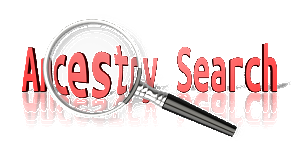 Are you making the most of your online searches at FindMyPast and other genealogy websites? What about on Google? Learn more about search strategies that work in this blog post!
Are you making the most of your online searches at FindMyPast and other genealogy websites? What about on Google? Learn more about search strategies that work in this blog post!
 MyHeritage.com, “It’s free to download, easy to use and includes all of the main features of the windows version!”
MyHeritage.com, “It’s free to download, easy to use and includes all of the main features of the windows version!” Do you keep your master family tree on a website somewhere or on your computer? Lisa is a firm believer that you should keep it yourself. Click here to read why and learn more about various options for genealogy software for Mac and Windows.
Do you keep your master family tree on a website somewhere or on your computer? Lisa is a firm believer that you should keep it yourself. Click here to read why and learn more about various options for genealogy software for Mac and Windows.
 Recently we announced our featured book title for the first quarter of 2015:
Recently we announced our featured book title for the first quarter of 2015:  Join our “virtual book club” in reading
Join our “virtual book club” in reading 
 Our mission here at Genealogy Gems is to reveal innovative ways of using the myriad of tech tools so you’ll know you can turn to them only when you need them. Think of it as a toolbelt. The right tool for the right job! But I also only bring tech tools and websites to the podcast and my website that I believe are worthwhile. Believe it or not, I weed a lot of them out!
Our mission here at Genealogy Gems is to reveal innovative ways of using the myriad of tech tools so you’ll know you can turn to them only when you need them. Think of it as a toolbelt. The right tool for the right job! But I also only bring tech tools and websites to the podcast and my website that I believe are worthwhile. Believe it or not, I weed a lot of them out!
 Thank you, Barbara–and a special shout-out to your son for finding that resource to help genealogists use Google Earth for Canada research! Here’s my two-cent’s worth: I just peeked at PrairieLocator.com and I see the site also has an app for the iPhone:
Thank you, Barbara–and a special shout-out to your son for finding that resource to help genealogists use Google Earth for Canada research! Here’s my two-cent’s worth: I just peeked at PrairieLocator.com and I see the site also has an app for the iPhone: 




